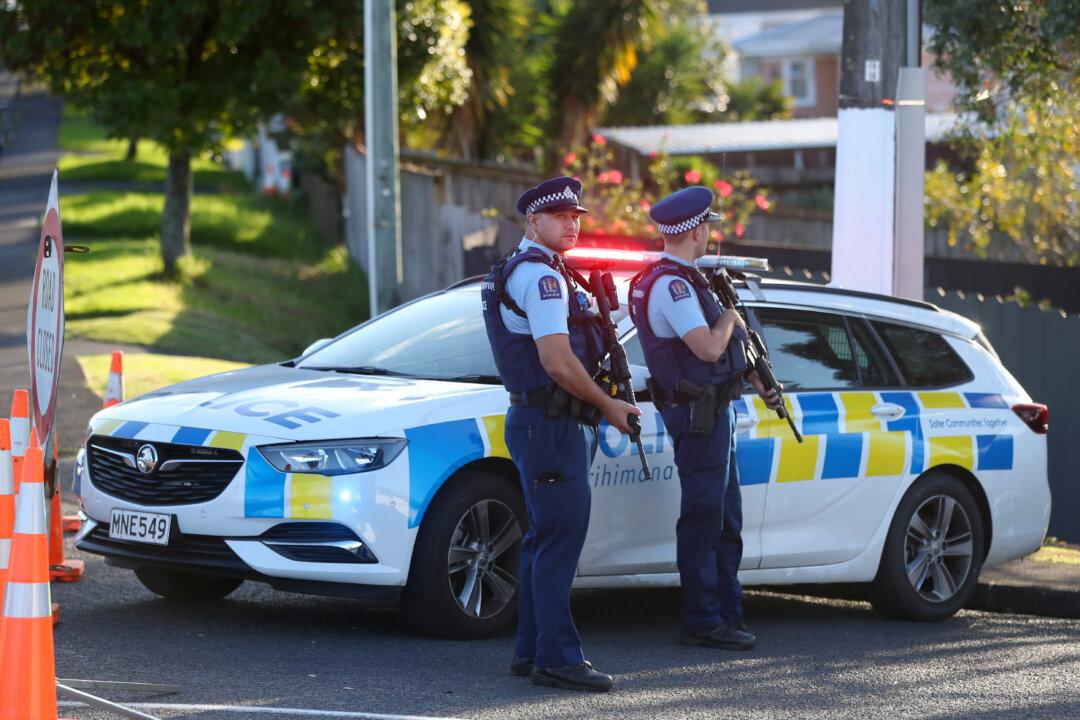A small minority of troubled youth are contributing significantly to the surging crime in New Zealand, but some officials say more attention needs to go to the offenders’ families to prevent and help children stay away from a life of crime.
The most common method of stealing being used by New Zealand youths is ram-raiding, where a vehicle is rammed into a store and then looted.





